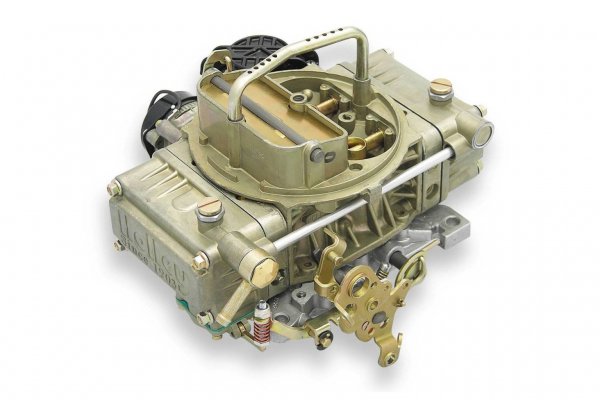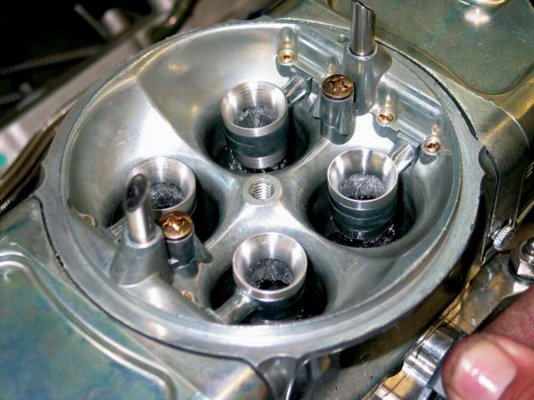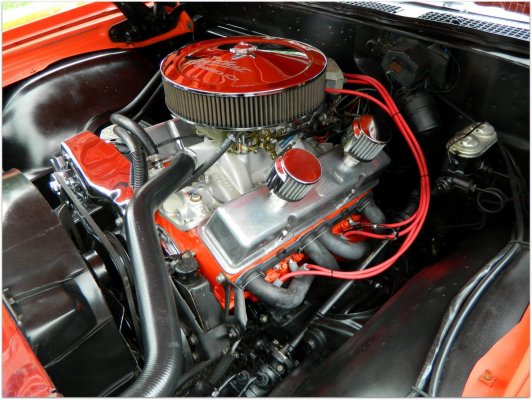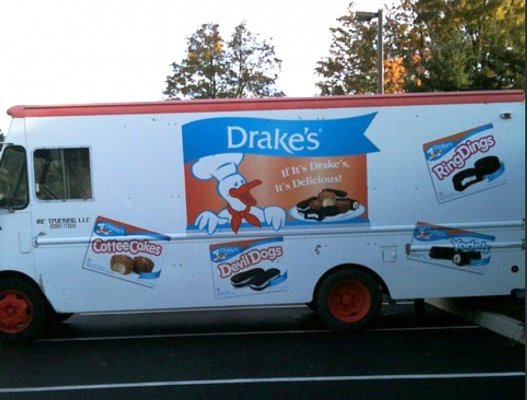In the interest of full transparency, while I have no regrets with any
part of this whole Cobra replica subroutine in my life, it doesn't exactly
reflect my personal style. As a matter of fact, if I were to bid on a
storage locker and hit the jackpot, I would do it all over again, but this
time aesthetically a little more like this one:
"...and at full noise in 3rd, it sticks to the road like paint."
(credit: consumerguide.com LINK)
And this:
Imagine a time when this car was only worth a normal car...and you could lean against it like this?
(credit: supercarnostalgia.com -- LINK)
So that's the look that I feel most comfortable with. You know, understated. Faster Than It Appears.
(But as 1/2 owner of the yellow one there's some give & take to be had. No problem, after 10 years I finally got
to make the motor best suit my own sensibilities. The car makes people smile, and if we fire it up at
a car show people come running. Everyone involved walks away happy.
A couple more period photos that I've collected over the years. I first saw
this photo as a youngster, and if I was a pinball machine this was the moment
where I went straight into *TILT*:
Always liked the look of the Torque-Thrust D. Always seen on very capable cars.
NOTE: There's debate as to whether or not this was staged. (Even if they did, I applaud the effort.)
All I do know is that 9 year old Road Trip was enthralled by the possibilities. Every time I popped a
wheelie on my bike this image was circulating in my noggin.
And then I saw how these guys made it run like that. Man, I want to do that too!
NOTE: Back in the day, the 427s got all the ink, while the 289s won all the road races.
Back in '00 when we had ordered the kit and were gathering the bits, try as we might we
could not find a restorable side-oiler 427. So, after reading about how the
more balanced 289s won all the races, we decided to use modern technology
(AFR heads on a roller cam block) in order to make iron block/head/intake 427 power
while only paying the aluminum head/intake 289/302 weight penalty. (!)
Sometimes when you can't get what you really want, you end up with a better solution
despite your best efforts to the contrary. :0)
The moral of the story? Parents, pay attention to what your kids are looking at. If asked what
warped my outlook on life, I would reply that I'm a victim of the lure that the Dragginsnake duo
were polluting the car mags with back when I was young and highly impressionable. :0)
Enjoy your toys --
part of this whole Cobra replica subroutine in my life, it doesn't exactly
reflect my personal style. As a matter of fact, if I were to bid on a
storage locker and hit the jackpot, I would do it all over again, but this
time aesthetically a little more like this one:
"...and at full noise in 3rd, it sticks to the road like paint."
You must be registered for see images attach
(credit: consumerguide.com LINK)
And this:
Imagine a time when this car was only worth a normal car...and you could lean against it like this?
You must be registered for see images attach
(credit: supercarnostalgia.com -- LINK)
So that's the look that I feel most comfortable with. You know, understated. Faster Than It Appears.
(But as 1/2 owner of the yellow one there's some give & take to be had. No problem, after 10 years I finally got
to make the motor best suit my own sensibilities. The car makes people smile, and if we fire it up at
a car show people come running. Everyone involved walks away happy.
A couple more period photos that I've collected over the years. I first saw
this photo as a youngster, and if I was a pinball machine this was the moment
where I went straight into *TILT*:
Always liked the look of the Torque-Thrust D. Always seen on very capable cars.
You must be registered for see images attach
NOTE: There's debate as to whether or not this was staged. (Even if they did, I applaud the effort.)
All I do know is that 9 year old Road Trip was enthralled by the possibilities. Every time I popped a
wheelie on my bike this image was circulating in my noggin.
And then I saw how these guys made it run like that. Man, I want to do that too!
You must be registered for see images attach
NOTE: Back in the day, the 427s got all the ink, while the 289s won all the road races.
Back in '00 when we had ordered the kit and were gathering the bits, try as we might we
could not find a restorable side-oiler 427. So, after reading about how the
more balanced 289s won all the races, we decided to use modern technology
(AFR heads on a roller cam block) in order to make iron block/head/intake 427 power
while only paying the aluminum head/intake 289/302 weight penalty. (!)
Sometimes when you can't get what you really want, you end up with a better solution
despite your best efforts to the contrary. :0)
The moral of the story? Parents, pay attention to what your kids are looking at. If asked what
warped my outlook on life, I would reply that I'm a victim of the lure that the Dragginsnake duo
were polluting the car mags with back when I was young and highly impressionable. :0)
Enjoy your toys --
Last edited:





